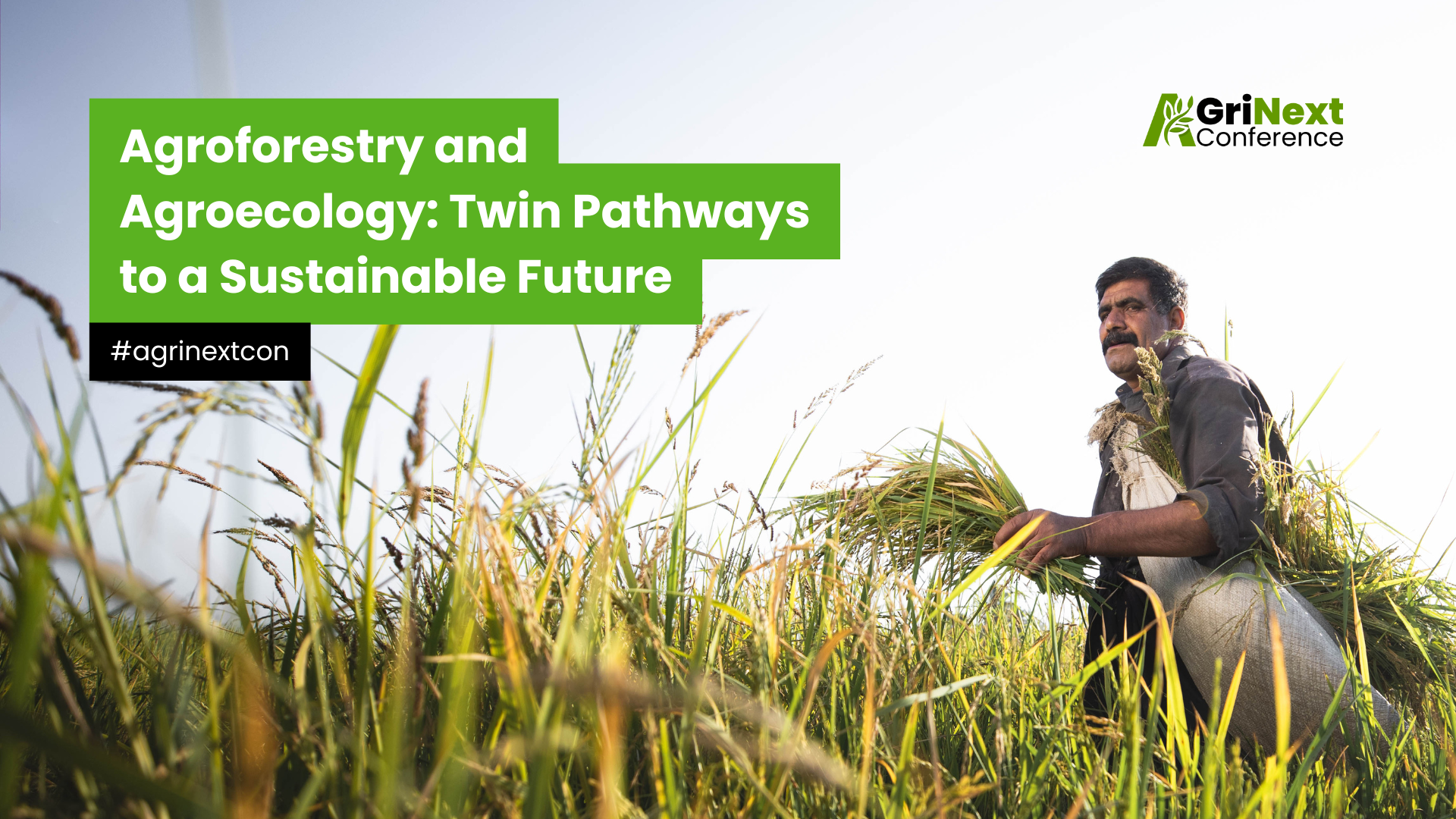
In the face of climate change, biodiversity loss, and food insecurity, agriculture must evolve into a system that works with nature rather than against it. Agroforestry and agroecology represent two closely linked, sustainable land management approaches that integrate ecological principles to improve agricultural productivity, environmental health, and social well-being.
Agroforestry: Farming with Trees for Productivity and Resilience
Agroforestry is the intentional integration of trees and shrubs with crops and/or livestock on the same land. This polyculture system mimics natural ecosystems, producing multiple outputs such as timber, fruits, nuts, medicinal plants, and animal products.
Key benefits include:
Enhanced biodiversity — Diverse habitats conserve wildlife and maintain ecosystem functions.
Improved soil health — Reduced erosion, increased organic matter, and nitrogen fixation from certain tree species.
Climate resilience — Moderated microclimates, conserved soil moisture, and carbon sequestration.
Economic diversification — Additional income streams from tree products reduce the risk of crop failures.
Better water management — Reduced runoff and improved infiltration.
By promoting positive interactions between trees, crops, and animals while minimizing competition and pests, agroforestry boosts both farm productivity and environmental health.
Agroecology: The Bigger Picture of Sustainable Farming
Agroecology is a holistic approach to agriculture, applying ecological principles across the entire food system. It focuses on diversity, recycling, and sustainability, aiming to balance farming productivity with environmental care.
Common agroecological practices include agroforestry, cover cropping, crop rotation, and reduced chemical inputs.
Core goals
Enhance soil fertility and biological activity
Increase biodiversity and ecosystem services
Improve water retention and reduce erosion
Support climate adaptation and mitigation
Ensure economic viability and resilience for farmers
Agroecology not only restores biodiversity but also strengthens farmer autonomy, reducing reliance on costly external inputs while building resilient food systems.
Synergy Between Agroforestry and Agroecology
Agroforestry fits seamlessly within the agroecological framework. By integrating woody perennials with crops and livestock, it helps maintain ecological balance, conserve resources, and support community livelihoods.
Together, agroforestry and agroecology form strategic approaches to sustainable agriculture—critical for tackling climate change, reversing land degradation, and improving food security in 2025 and beyond.
Policy Momentum Driving Agroecology Adoption
Globally, governments and international bodies are increasingly recognizing agroecology’s potential. Policies are being developed to create enabling environments that encourage sustainable practices, enhance biodiversity, and address climate change.
National Agroecology Policies and Plans
Brazil — The National Policy on Agroecology and Organic Production (Pnapo) coordinates cross-ministerial actions to support local agroecological projects.
France, India, Nicaragua, and Senegal — Have developed national or regional strategies supporting agroecological principles.
Policy Themes and Instruments
Consumer-oriented policies — Taxes on unhealthy foods, subsidies for sustainably produced nutritious foods, educational programs, food labeling, and healthy food regulations.
Producer-oriented policies — Reduced harmful input subsidies, training in agroecology, low-cost financing for sustainable practices, support for indigenous seed rights, and farmer-to-farmer knowledge exchange.
Natural resource management — Policies to enhance soil health, biodiversity, land tenure security, and ecosystem service incentives.
Market and food environment policies — Sustainable procurement in public institutions, updated food safety standards, and environmental cost-based pricing.
International Efforts and Guidelines
FAO Global Dialogue on Agroecology — Consolidates principles to guide policy development.
ASEAN Policy Guidelines on Agroecology Transition — Encourages stakeholder collaboration for sustainable farming.
Examples of Policy Support
Around the world, governments and institutions are backing agroecological transitions through targeted policies and practical incentives. Some notable examples include:
Redirecting subsidies toward organic farming and conservation agriculture – In India, the Paramparagat Krishi Vikas Yojana (PKVY) and the Mission Organic Value Chain Development for North Eastern Region (MOVCD-NER) offer farmers up to ₹30,000 per hectare over three years for organic inputs such as bio-fertilizers and compost. MOVCD-NER further supports infrastructure like processing units and cold storage with subsidies covering up to 75% of costs.
Funding research in sustainable intensification – In the United States, the USDA’s Sustainable Agriculture Research and Education (SARE) program provides competitive grants for farmer-led trials, professional development, and on-farm research, resulting in innovations that improve soil health, profitability, and resource stewardship.
Implementing stricter environmental regulations with compliance incentives – The European Union’s “greening” measures under the Common Agricultural Policy (CAP) reward practices such as crop diversification and the maintenance of ecological focus areas. Organic farms often receive exemptions from certain requirements, offering a strong incentive for sustainable management.
Farmer education, training, and extension services – India’s National Integrated Pest Management (IPM) Programme trains tens of thousands of farmers through Farmer Field Schools (FFS), achieving significant reductions in pesticide use while increasing yields. Similarly, Uttar Pradesh’s Viksit Krishi Sankalp Abhiyan, launched in 2025, aims to train 1.5 crore farmers in natural and sustainable farming practices, upgrading 89 Krishi Vigyan Kendras into centers of excellence for soil health, irrigation, and climate-resilient techniques.
These examples show that policy support is most effective when it blends financial incentives, research investments, environmental safeguards, and hands-on farmer training—creating an enabling environment for agroecology to thrive.
Conclusion
Agroforestry and agroecology are not just agricultural techniques—they are blueprints for resilient, climate-smart, and equitable food systems. With supportive policies, farmer engagement, and community-based innovation, these approaches can transform agriculture into a force for ecological restoration, economic stability, and social well-being.
Events like AgriNext 2025 play a vital role in accelerating this transition by bringing together farmers, innovators, policymakers, and sustainability advocates to exchange knowledge, showcase solutions, and inspire actionable change for a greener future.
Signup For AgriNext Conference Newsletter

